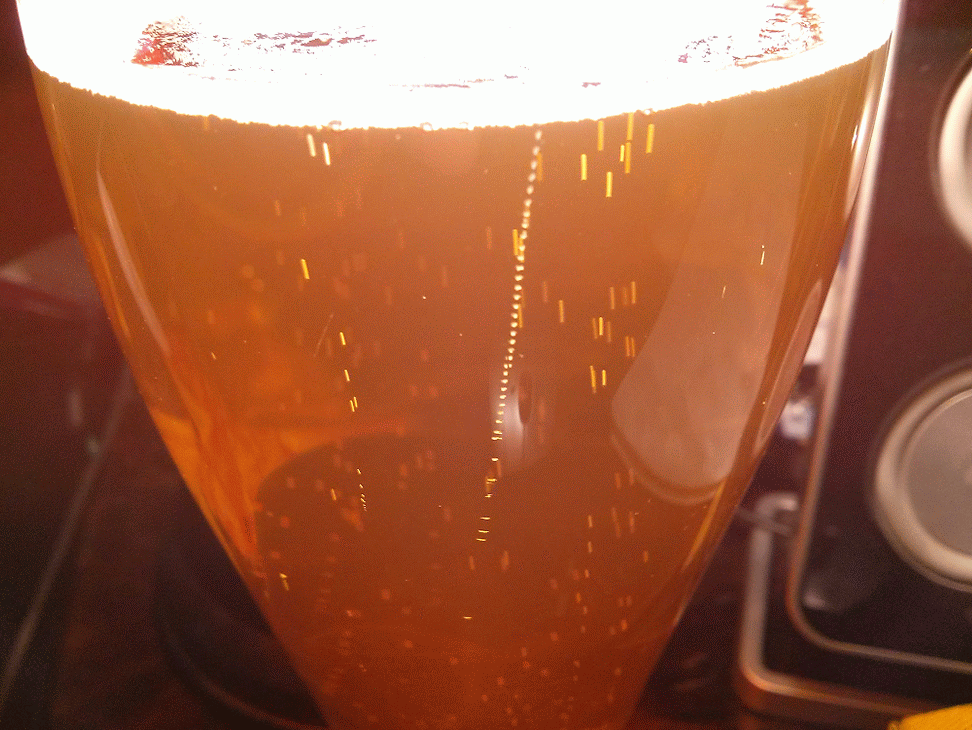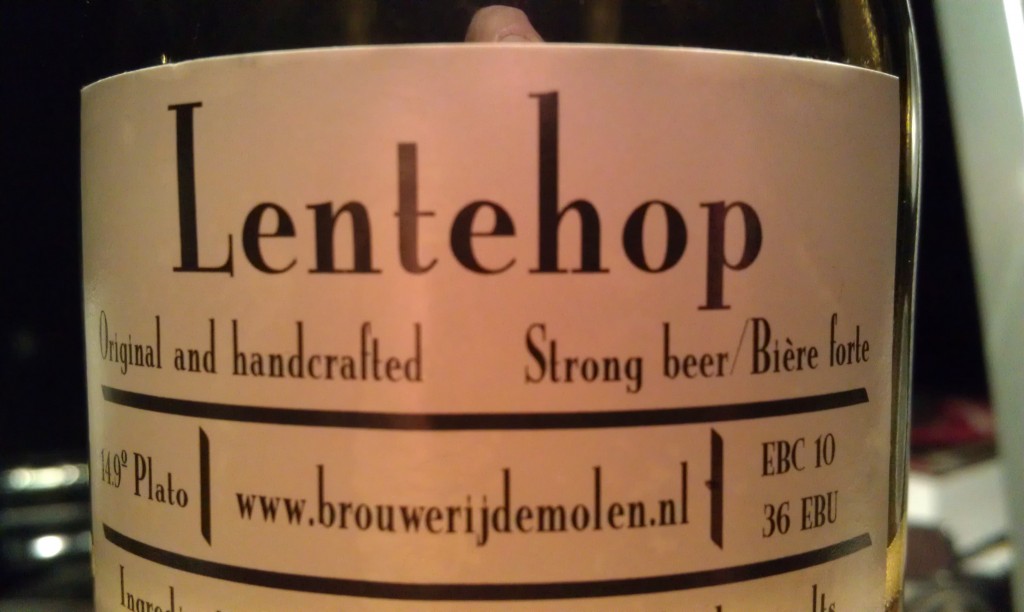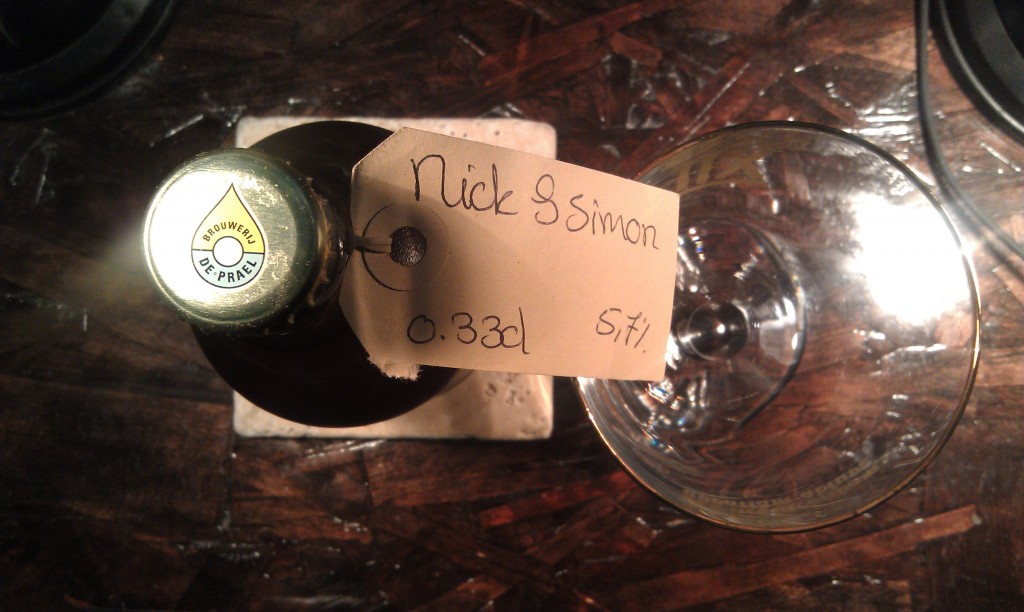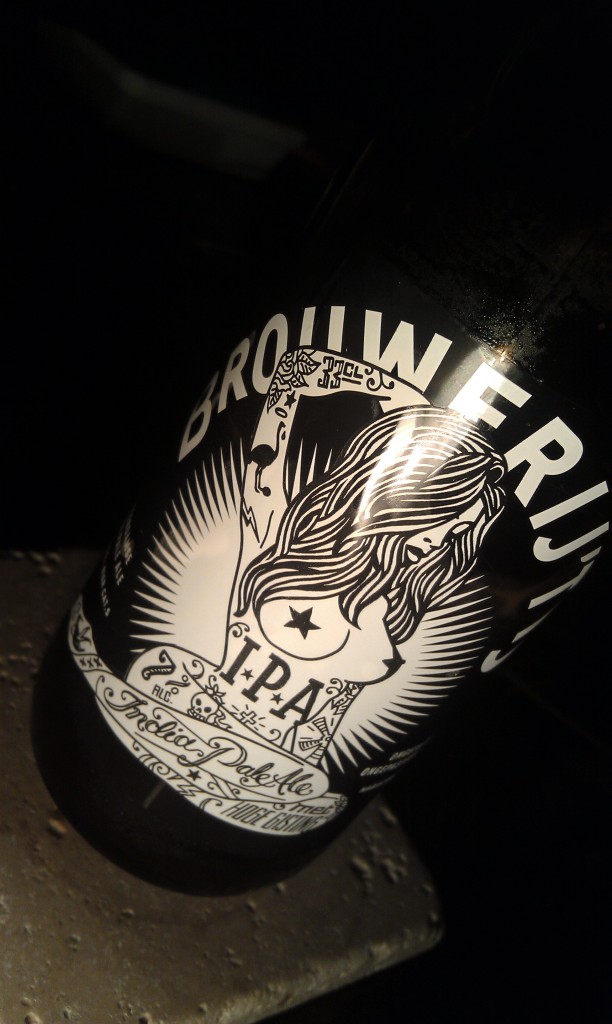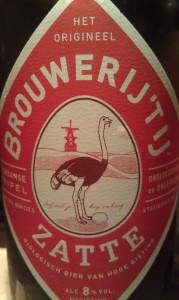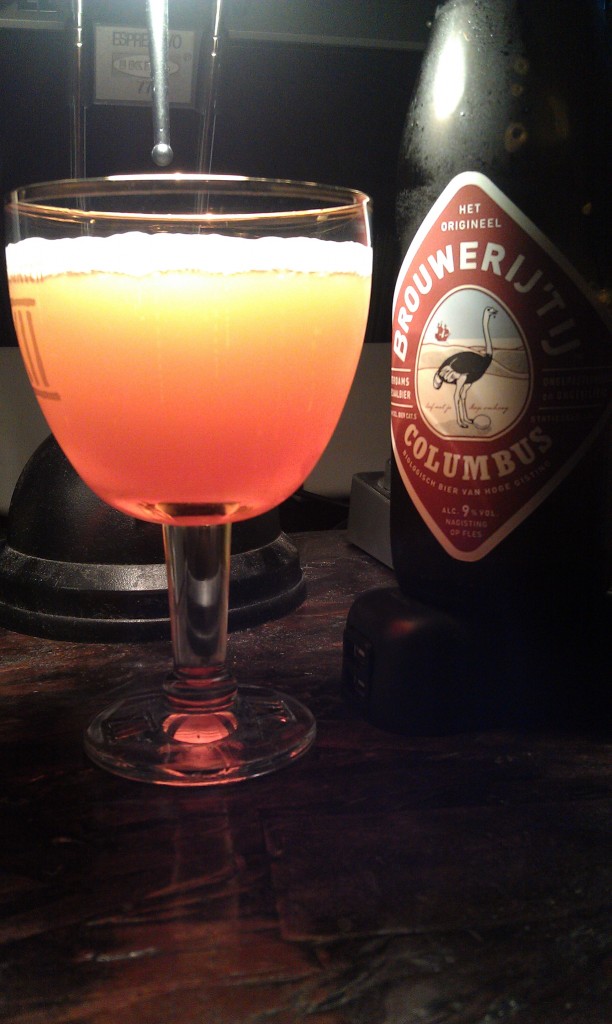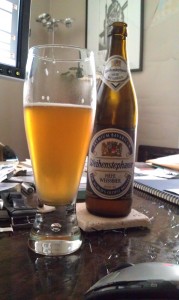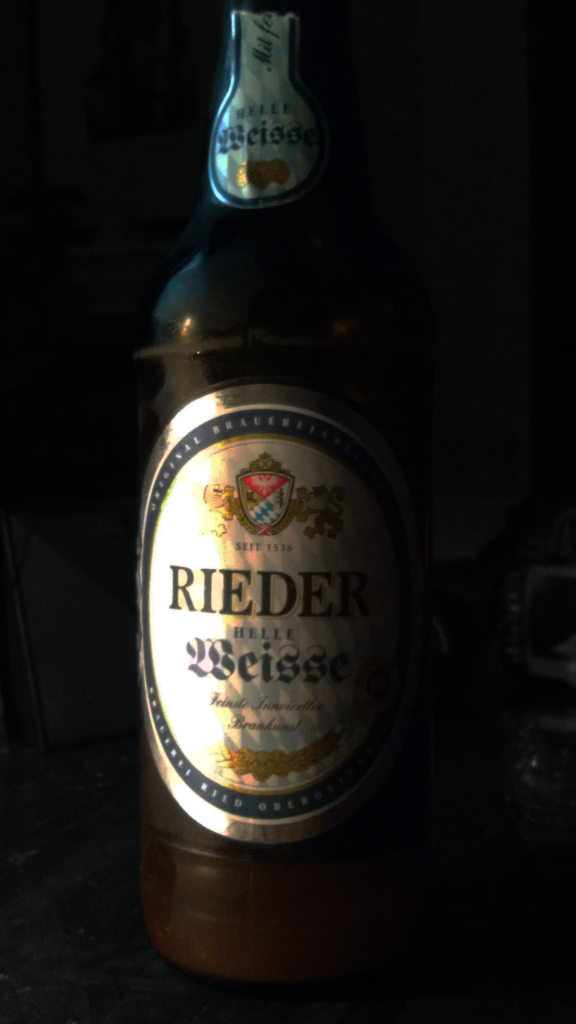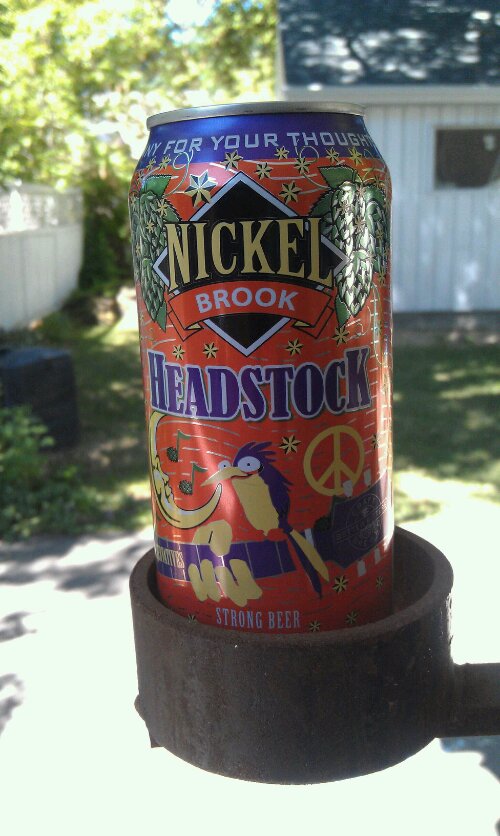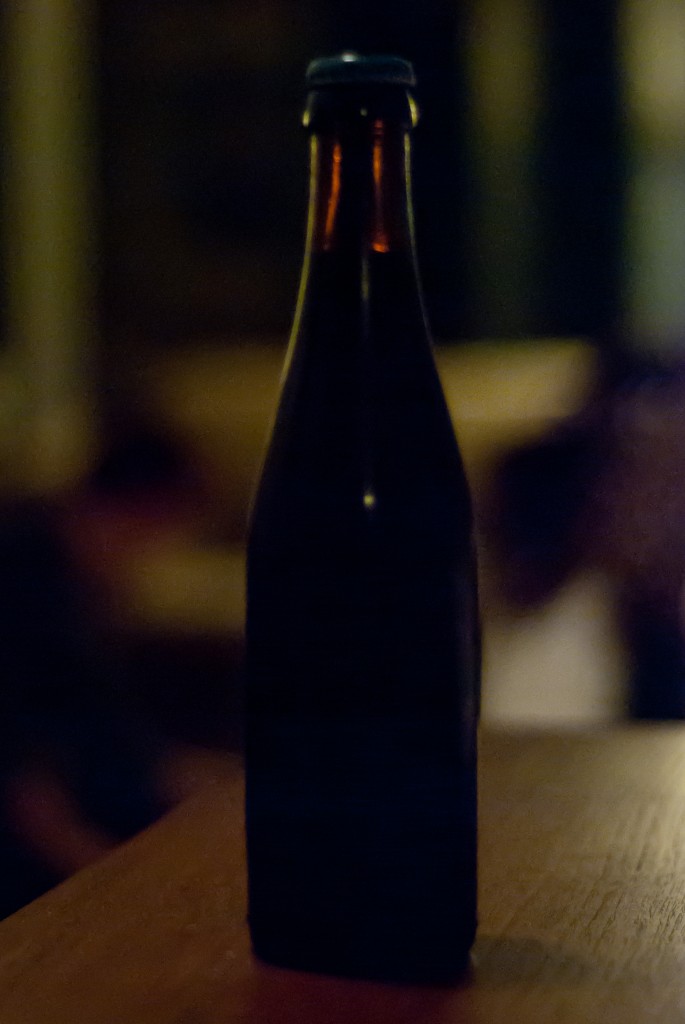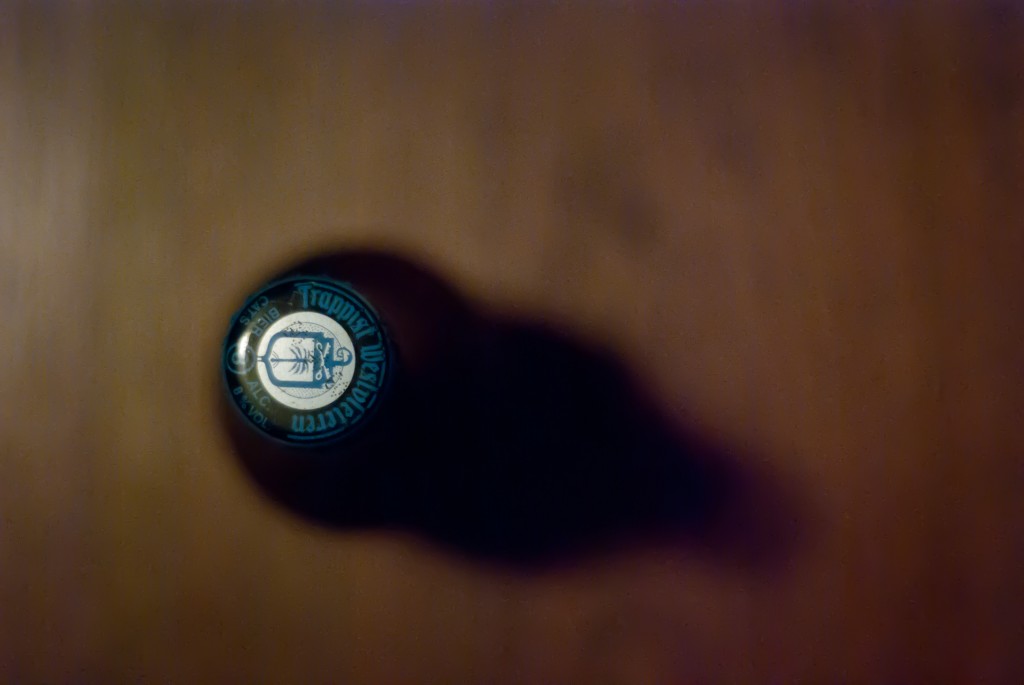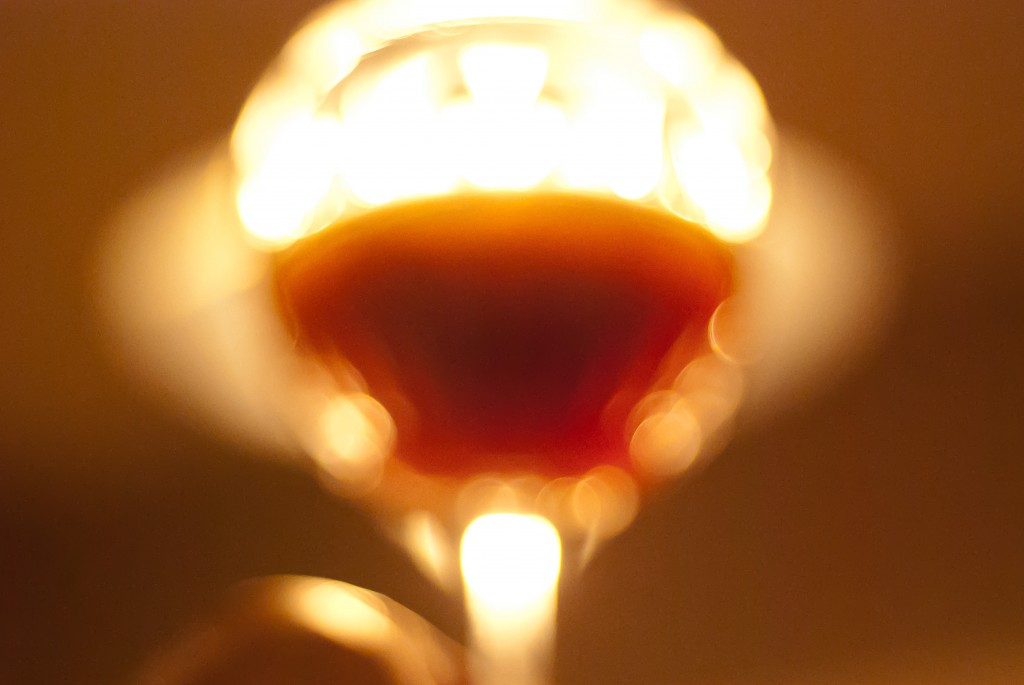Dear @alleykatbeer, please never stop making this beer. #yegbeer #drinkagain (via Untappd)
I posted that in all seriousness. I want to support Alley Kat more than I do, but to date the only beer I’ve wanted to pursue was the extremely limited run of Fresh Hop Full Moon Pale Ale. If my appreciation for hops wasn’t apparent to you before, it should be now.
One of my favorite beers from the last few years is Sorachi Ace from Brooklyn Brewery. That beer introduced me to the hop that Alley Kat used in Murasaki Dragon. The biggest difference between these two beers would probably be aggression. Brooklyn brewed a Saison, while Alley Kat produced a double IPA (or DIPA) with somewhere north of 75 IBU. This beer has what most of Alley Kat’s lineup is missing in my opinion, which is some teeth.
This means that in Murasaki Dragon you’ll get all the good stuff you’re looking to find in an IPA. It smells piney and lemony. The colour is gorgeous. And while the hops are obvious when it first hits your palette, you can catch up with some malt in the middle and there is enough fruity sweetness to carry it through to a nice but dry finish.
Alley Kat has this listed as a limited run beer, but I’m willing to start a petition and possibly even chain a close friend to some sort of barrier in protest if they don’t find a way to continue production of this beer. I believe that it stands head and shoulders above any other beer being brewed in Edmonton currently.
After that initial post on Untapped, I made sure I would drink this again. I bought a case of it. Alley Kat, if you keep making it, I’ll keep buying it and drinking it. Again and again.
